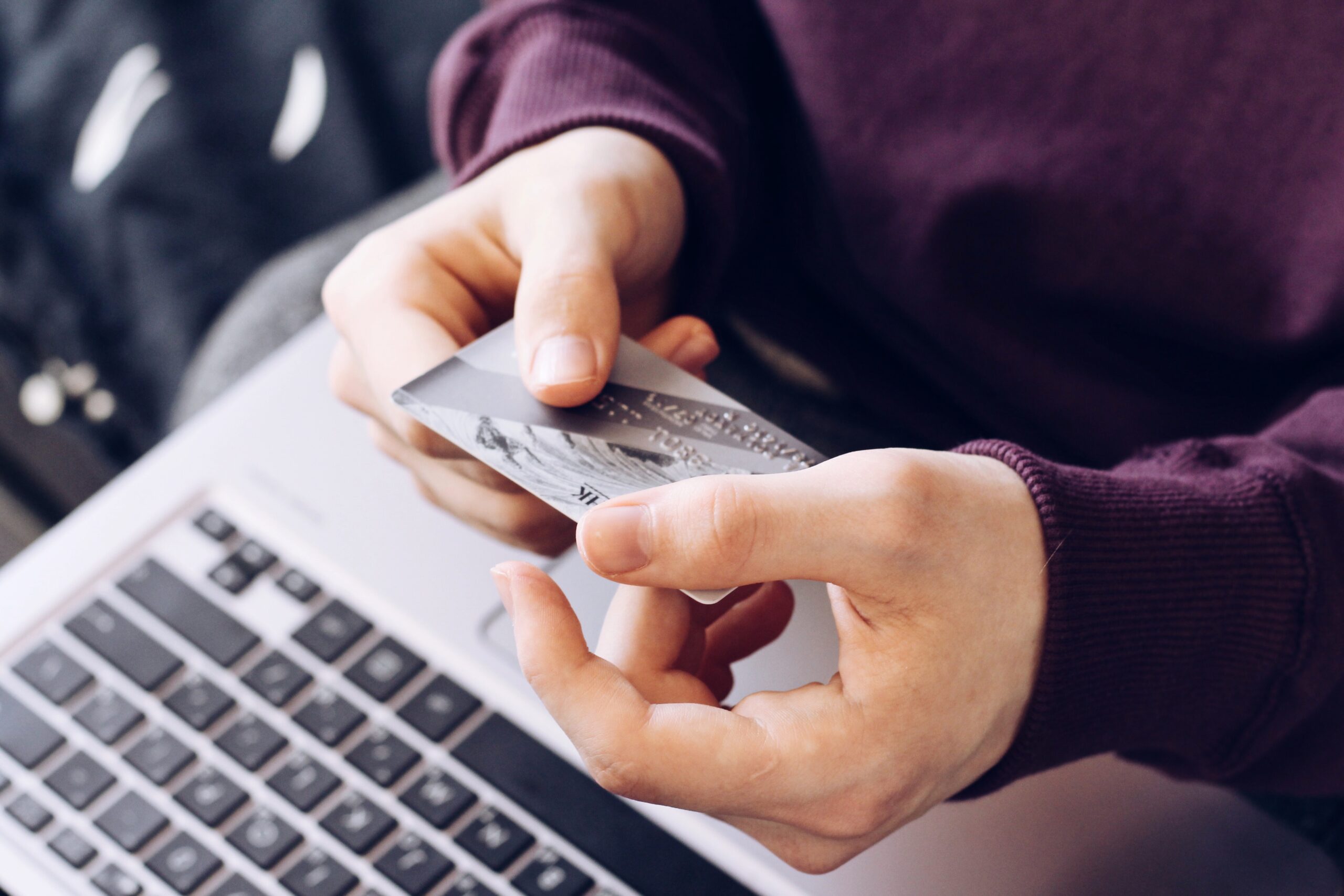If you have a lot of credit card debt, you may have fallen into a trap without even realizing it. It’s easy to make the same mistakes over and over when using credit cards. This can lead to developing bad spending habits that are hard to break. If you aren’t careful, you could end up with a huge amount of debt that feels impossible to pay off.
You aren’t alone in facing credit traps. In fact, total credit card debt in the U.S. reached over one trillion in late 2024. Clearly, many Americans are struggling to use credit cards responsibly.
7 Common Credit Traps
To avoid falling into debt, you need to be aware of the risks that come with using credit cards. Here are seven of the most common traps that can snare you:
1. Only Paying the Minimum Amount Due
If you only pay the minimum payment each month, it can make your credit card debt last virtually a lifetime. That’s because most of your payment goes toward interest and fees. Very little goes to pay down your actual debt. Instead, always try to pay more than the minimum amount, even if it’s only a little extra. Of course, paying your balance in full each month is best—if you can swing it.
2. Making Late Payments
Whenever you make a late payment, you’ll get hit with a fee. These are usually between $25 and $35. On top of that, your card issuer may impose a higher penalty APR on your account. This higher rate will remain in place until you make on-time payments for six months in a row. So just one or two late payments can really cost you.
3. Missing the Payment Cutoff Time
Your payment is due by a specific time on the due date, often in the afternoon. Even if you pay just one minute after the cutoff, it counts as being late and means you’ll owe a fee. If you can’t make a payment on time, call your card issuer right away. They might be able to work with you to avoid fees or damage to your credit.
4. Introductory Rates that Go Up
By law, credit card companies can raise your interest rate as long as they provide 45 days advance notice. Starter 0% APR offers often expire after 12–18 months before the rate shoots way up. Always ask when an intro rate will end and how high the APR will increase to. Be prepared for higher payments at that point.
5. Doing Balance Transfers
Transferring a balance to a new card with a 0% intro APR can provide relief from high-interest debt at first. But these offers typically only last for 12–21 months before the rate goes up a lot. Balance transfers only help if you pay off the debt during the 0% period. Have a plan for how much you need to pay each month.
6. Taking Out Cash Advances
Getting a cash advance from your credit card comes with very high fees, often 3-5%. And the interest starts accruing immediately. So, if you can’t repay the advance quickly, your debt can grow out of control. Try to build up an emergency fund in a savings account so you don’t have to turn to cash advances.
7. Using Rewards Credit Cards
Credit cards that offer rewards like cash back or travel points can end up costing more than they give back. The value of the rewards may not be worth the high annual fee many of these cards charge. One recent study found that the average cardholder only gets 1.6 cents in rewards per dollar spent. Points don’t add up to much money in reality. Only use a rewards card if you can pay in full each month.
How People Tend to Use Credit Cards
Americans tend to be spenders rather than savers. Our entire economy relies on consumer spending to keep growing. We are constantly bombarded with ads pushing us to spend money on all sorts of things.
From late 2020 to late 2021, Americans charged an average of the following amounts each month across major spending categories:
| Category | Monthly Spend | % of Monthly Spend |
| Travel | $822 | 16.9% |
| General Merchandise | $815 | 16.7% |
| Restaurants | $567 | 11.6% |
| Groceries | $562 | 11.5% |
| Clothing/Shoes | $522 | 10.7% |
| Home Improvement | $519 | 10.7% |
| Healthcare | $358 | 7.4% |
| Online Services | $331 | 6.8% |
| Entertainment | $210 | 4.3% |
| Gas | $168 | 3.4% |
| Total: | $4,874 | 100.00% |
Many of these expenses are for discretionary things that aren’t truly needed. For example, people tend to overspend on eating out at restaurants and on entertainment costs.
Escape the Credit Trap
Juggling multiple credit cards can make it tricky to stay on top of your finances. But you don’t have to completely stop using credit cards altogether. The key is learning to use them wisely and not letting them use you. By knowing what to watch out for, you can enjoy the convenience of credit cards while avoiding the common credit traps that lead people into unmanageable debt.
Credit cards are tools that can work for you or against you. The most important thing is to always pay your balance in full and on time every single month. That way, you’ll build a positive credit history and avoid wasting money on interest and fees.
Take Control of Your Debt Today
If you do find yourself with a large amount of credit card debt, don’t despair. You have options for getting your debt under control, such as nonprofit credit counseling, debt management programs, and even debt consolidation loans in some cases. The sooner you make a plan to pay off your credit cards, the sooner you’ll be on the path to financial freedom.
No matter how hopeless things may seem, there are always steps you can take to work your way out of debt, one day at a time. Reach out today to get help from an experienced debt specialist.







